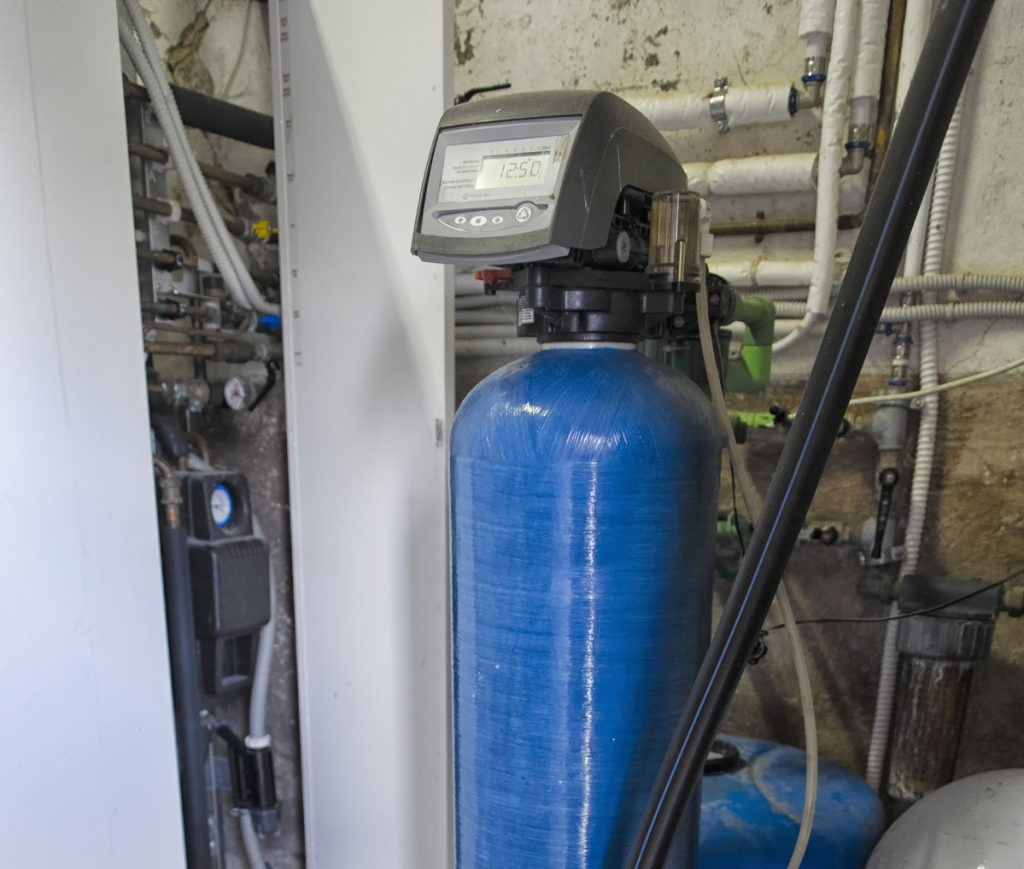Do you notice white marks on your tea kettle and glassware? It’s a consequence of using hard water, or limescale, the product of long use of plumbing without maintenance. If you haven’t had you pipes serviced for a long time, they would probably contain a significant accumulation of chalky magnesium bicarbonate and calcium, the main components of hard water in your plumbing.
Signs of An Escalating Problem
Seeing hard water residue on your glass is actually a pretty bad sign. It most likely means hard water already covers a considerable part of your piping routes. Aside from leaving spots, hard water would also damage the pipes themselves. It’s a problem for many homeowners who forget their plumbing needs care too, as it is one of the least visible parts of their homes.
Hard water will affect your water pressure, as well. If that happens, the only way you’ll notice is when you receive a much higher bill for your water usage.
Eventually, the buildup will be evident in the faucets, the valves of the dishwasher and washing machine. Soon enough, you’d be spending not only for pipe repair but for a few repairs on home appliances too. Hard water could escalate the wear and tear of the appliances you rely on every day.
Getting Rid of the Stains
You can commission a sample analysis to determine where the water lies on the hardness scale. If you want to remove the scale deposited on glassware and silverware, use vinegar instead of soap. Vinegar works better than powdered soap in this case. You can search online for other recommendations but realize cleaning solutions offer a temporary respite. As long as you see limescale buildup you won’t see an end to the problem.
Water Softener—An Alternative Solution
 If you don’t want to spend for repairs after every so often, you need to consider an alternative solution. From Reno to Provo, water softeners can reduce hard water buildup on any system in any city at any usage rate. It will remove the mineral salts that causes the buildup of limescale.
If you don’t want to spend for repairs after every so often, you need to consider an alternative solution. From Reno to Provo, water softeners can reduce hard water buildup on any system in any city at any usage rate. It will remove the mineral salts that causes the buildup of limescale.
A Useful Addition to Your Home
A water softening unit is at the plumbing point where potable water enters the house. When hard water flows over the rain, the magnesium and calcium ions will attach to the resin. The appliance will release sodium ions into the water. A salty water rinse renews the plastic resin so that it can function continually. Some softeners can also remove dissolved iron. Gradually, constant removal of mineral salt softens the water and the pipes don’t have to work much harder.
Contrary to what some people might say, a water softener does not remove all the important nutrients from the water. While it’s debatable, the reduction of certain nutrients doesn’t mean that the average American household receive less of the good stuff, particularly magnesium and calcium.
Hard water can cause significant damage to home appliances and plumbing pipes. A softening device can prove to be useful in removing mineral salts that cause the problem.

